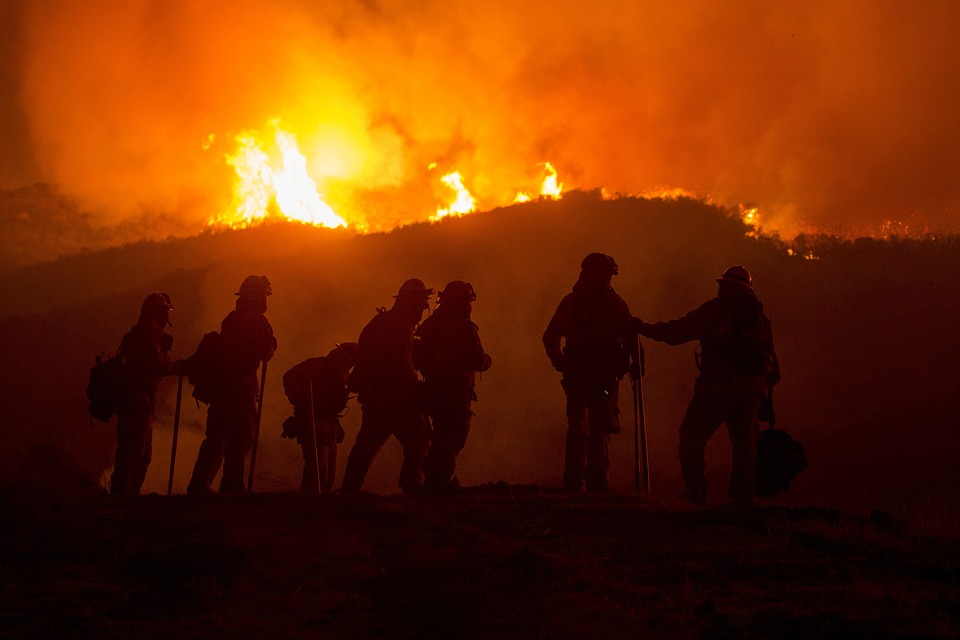
On September 22, 2017, the Ontario government entered into a formal agreement with the Province of Québec and the State of California to join their carbon market starting January 1, 2018. More famously known as Ontario’s cap-and-trade program it meant that the province engages in putting a cap on the amount of greenhouse gas (GHG) that businesses would emit. This was designed to fight the forces of climate change and reward businesses who reduce their greenhouse pollution. Furthermore, all the proceeds from the cap-and-trade Program were invested in projects, including incentivizing the purchase of an HFCV or an electric vehicle, that’d help to reduce greenhouse gas pollution province-wide.
In particular, the cap-and-trade program was the primary tool to help Ontario achieve its ambitious GHG reduction targets of 15% below 1990 levels by 2020, 37% by 2030 and 80% by 2050. Under the regime, industrial sectors including manufacturing, electricity and fuel distribution are required to purchase emission allowances to cover each tonne of GHG emissions resulting from their activities and the combustion of fuel distributed.
Electric Vehicle & HFCV Incentives
The cap-and-trade involved funding programs that would have helped reduce carbon emissions. One of the initiatives undertaken by the Ontario province was the ‘Electric and Hydrogen Vehicle and Charging Incentive Programs’ that offered rebates of up to CA$14000 on the purchase of electric vehicles and Hydrogen Fuel Cell Vehicles and rebates of up to CA$1000 for electric vehicle charging stations to offset the cost of a home or office station, apart from providing a distinct green licence plate, and overall, this was done to discourage the rampant use of internal combustion engines. The incentive program was so well-received, in fact, according to data compiled by Fleet Carma, 7,477 battery and plug-in hybrid electric vehicles were sold in Ontario last year, an increase of 120 per cent from 2016 when increased rebates were implemented. Just as the efforts to fight climate change seemed to be on the right track, the newly elected government of Doug Ford repealed the cap-and-trade program on July 03, 2018, “to bring gas prices down and help lower costs for Ontario families and businesses”. I felt this was a disappointing move on the part of Ontario although whether it made economic sense is still being debated.
The Zero Emission Vehicle (ZEV) Strategy
An e-petition is being sponsored by Peter Schiefke, the Liberal Party MP from Vaudreuil-Soulanges, Quebec, for the Minister of Transportation for seeking a Zero Emission Vehicle (ZEV) strategy by accelerating the deployment of electric vehicles. The list of countries below suggests Canada has a long way to go in setting targets for electric vehicles unlike some of its counterparts in the G7, and with provinces moving away from any commitment towards fighting climate change that should worry us all although the federal government has already released a draft proposal for introducing a federal carbon pollution pricing system.
In 2016, 14 countries already had electric car targets in place: Austria, China, Denmark, France, Germany, India, Ireland, Japan, the Netherlands, Portugal, Korea, Spain, the United Kingdom and the United States (eight states).
Sign The E-Petition
If you’re a Canadian resident, here’s your chance to sign the parliamentary e-petition for pushing the federal government towards a zero-emission environment for our future generations and e-petitions with more than 500 signatures are guaranteed to be responded by the government. The last day for signing the petition is February 14, 2019, so act now!



 When existence becomes boring, painful and demanding. When drudgeries of life begin to overtake you, it’s time to immerse yourself in nature’s arms. I have always loved being
When existence becomes boring, painful and demanding. When drudgeries of life begin to overtake you, it’s time to immerse yourself in nature’s arms. I have always loved being